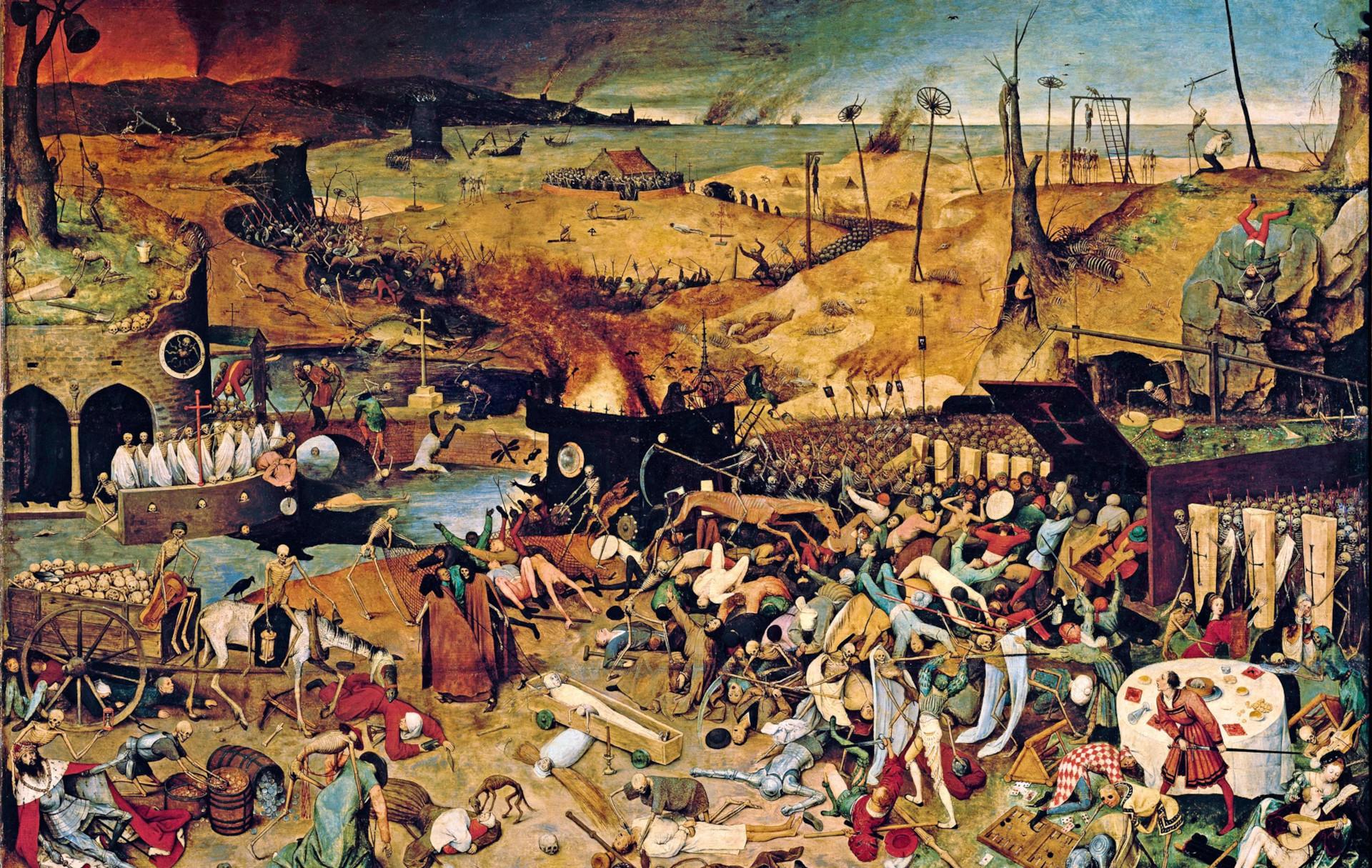Ancient Plagues and Epidemics: DNA Insights from 35,000 Years of History





Ancient Pathogens in Human History
The story of ancient pathogens is as intricate as the history of human civilization itself, spanning thousands of years and revealing fascinating insights into the evolution of these microscopic invaders. Unearthed from the graves of our ancestors, these pathogens tell tales of prehistoric plagues and epidemics that shaped communities across Eurasia over 35,000 years. This remarkable journey through time unveils how diseases have been silent chroniclers of human history, traveling alongside our ancestors and leaving indelible marks on the archaeological record.
In a groundbreaking study, researchers embarked on a monumental quest, meticulously analyzing DNA from the remains of 1,313 ancient humans spanning over 35,000 years of Eurasian history. The research team delved into over a thousand skeletons to uncover microbial traces that survived the ravages of time. Their findings transform stone age bones into a genomic treasure trove, utilizing the magic of genomic analysis to provide astounding evidence of how diseases evolved and spread throughout human history.
Imagine, if you will, a humble tooth or bone becoming a testament to historic microbiomes, revealing pathogens previously unknown in ancient remains. Among the more intriguing finds are traces of Yersinia enterocolitica and Shigella spp., the precursors of food-borne illnesses discovered in Mesolithic hunter-gatherers. The study brought forth forgotten enemies like louse-borne relapsing fever and presented exciting new insights, including the first-ever molecular evidence of diseases like malaria and leptospirosis in ancient human remains.
Unearthed from Viking Age cemeteries in Scandinavia to Neolithic graves in the Siberian steppe, these sites have morphed from historical footnotes into crucial nodes on a map tracking the movement of disease through millennia. The work took researchers on an intellectual odyssey from the frigid caves at Lake Baikal in Siberia to the medieval cemeteries in Denmark, illustrating a history marked not only by struggle but also by resilience.
Visualize these burial sites: richly adorned with ancient adornments that once appeared to tell only human tales, now whispering of microscopic companions that shared the journey of life. These burial sites were treasure troves, with grave goods and the skeletons of ancient individuals silently narrating tales of past lifestyles, migration, and disease burdens. The study's geographical spread across burial landscapes adds depth to the timeless relationship between humans and pathogens.
Our medieval ancestors from northern Europe, resting in these ancient graveyards, now tell stories of their battle against Yersinia pestis, the plague, marking one of history's most notorious pandemics. Among the haunting shadows of the past, individual stories began to emerge, each skeleton adding depth to understanding the ancient human condition.
A Steppe warrior laid just outside Lake Baikal holds genetic evidence, revealing stories of plague on both macro and micro scales—a grim yet entrancing testament to the shared history of disease and migration. Imagine an ancient warrior resting with his loyal horse, unknowingly hosting bacteria that unveil how occupational and living conditions shaped human disease ecology. Among these discoveries, remarkable co-infections surface, such as a Viking from Norway bearing the double burden of smallpox and leprosy, his existence telling a story of ancient disease interactions.
Much like our human ancestors mingled and migrated, so too did their pathogens. The fascinating field of genomic paleoepidemiology provides us a glimpse into the past landscape of infectious diseases, discovering over 2,400 species of ancient pathogens, some identified for the first time in human history. The presence of zoonotic pathogens, those passed from animals to humans, starts around 6,500 years ago—aligned intriguingly with the rise of domestic animal husbandry along the Eurasian Steppe.
This research brought to light a spatiotemporal map of human pathogens made possible through genomic paleoepidemiology. Zoonotic diseases made their debut appearance around 6,500 years ago, notably after the domestication of animals. With the advancement of pastoralist societies, the chances of catching diseases from animals increased, peaking some 5,000 years ago. It was not until a millennia later that these zoonotic transmissions reached their zenith, weaving a complex tale of microbes and migration.
The transition from foraging to farming marked a significant chapter in the narrative of human-pathogen interactions. The landscape of ancient pathogens paints a vivid tableau, with excavations in regions as diverse as the Eurasian Steppe to quiet islands like Orkney revealing a surprising tapestry of both familiar and novel microbial life. The leap to widespread animal husbandry across landscapes enriched the microbial tapestries, evident from the increase of zoonotic diseases that coincided with the dawn of pastoralist migrations.
Around 6,000 years ago, the rise of agriculture and pastoralism led to a pronounced increase in zoonoses—diseases transmitted from animals to humans. This rise paralleled the pastoral migrations from the Eurasian Steppe, painting a vivid picture of how human behavior and movement helped shape the path taken by diseases. The first whispers of leptospirosis, a disease born from the intimate company of cattle and sheep, appear in remains from Viking Age Scandinavia.
These microbial whispers bring us closer to understanding how disease shaped our past. From remnants of hunter-gatherer societies showing signs of Salmonella infections as long as 8,000 years ago, to the medieval scourge of Plasmodium vivax malaria, our ancient ancestors' bones are laden with the stories of their invisible foes. The Great Plague, Yersinia pestis, perhaps the most legendary of pathogens, traveled its weary path across continents, betraying its presence as far as the frigid islands of Scotland in graves older than previously imagined.
Such findings not only expand our spatial and temporal understanding but also bring context to these ancient lives in ways previously unimagined. The research also extends a generous spotlight on bacterial species like Borrelia recurrentis, the elusive culprit behind relapsing fever, which was widespread across Europe and Central Asia, echoing the harsh realities of medieval societies.
The team's advanced methods offer a mosaic view that traditional archaeology could only hint at. The marriage of spades and sequences allows us to hear pathogens' ancient echoes, providing insights into how these organisms co-evolved with humanity, subtly influencing historical events like population declines or migrations. This genomic exploration does more than revive ancient pathogens; it retells the human story, intertwining the plots of human migration, cultural exchanges, and evolutionary battles that time itself had almost buried.
The evidence uncovered harmonizes a timeline of disease transitioning from endemic plague presence to epidemic peaks that reverberated through millennia. Quite like a detective story, every site and every skeleton adds depth to understanding the ancient human condition, providing a vivid insight into the past that continues to impact the present and inform the future.
Comments